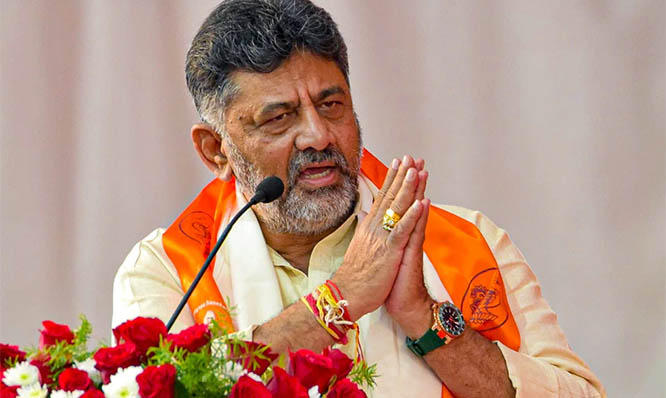Bengaluru, Sept 10: Experts have urged the Karnataka government to take measures to prevent reinfections of coronavirus as the people are gearing up for the festive season of October-November. They also have sought a third dose of the covid-19 vaccine during the year-end months to effectively protect people.
Those who were infected during the second wave of covid-19 in summer this year may be vulnerable to reinfections as the antibodies could wane after six months, experts said.
They also predicted about 10 per cent of breakthrough infections, that is when the coronavirus overpowers the antibodies induced by a vaccine.
Cases have been on the rise in isolated parts of the world, mainly due to the infectious Delta variant of the virus. This surge has renewed focus on a widely predicted third wave of infections in India, with children reportedly being the key targets.
“It is important to keep a close watch on the situation till November mainly because of the possibility of a surge in reinfection,” said Dr MK Sudarshan, chairman, state Covid-19 Technical Advisory Committee (TAC). He further sought adequate measures from the government to arrest a surge while advising people to not let their guard down.
The coming months become more crucial as the massive infections in the second wave leave a big part of the population susceptible to reinfections. As many as 16 lakh people contracted the virus in the state in April and May alone, about half of them in Bengaluru.
Sudarshan told the publication that by November, a clearer picture of the pandemic may appear but until then, all precautions have to be taken seriously.
These expert alarms also come amid increasing pressure on the state government to ease restrictions amid the festive season, like the night curfew, which has been extended till the month-end by Basavaraj Bommai administration.
As previously reported, a third wave, if struck, won't be as deadly as the second since a significant number of people have been inoculated with at least one dose of vaccine. And experts say reinfections or breakthrough cases won't nearly be as serious and may not even require hospitalisation.
Virologist T Jacob John called for a third dose of the vaccine, or also called the 'booster shots' in other parts of the world, to prevent infections. "With the present supply and a little ramping up of production, the government can easily ensure the continuation of the vaccination drive and cover everyone with a third dose,” said John, expecting demand worries to ease in November following the expected completion of first-dose vaccination of the target population.
Health officials told the publication that they are awaiting a signal from the Centre on further guidelines. “We have no instructions either from the Centre or ICMR on measures like a third dose. We have to see how it pans out in October-November and take steps based on the emerging situation,” said K V Trilok Chandra, Health Commissioner.








Comments
Add new comment